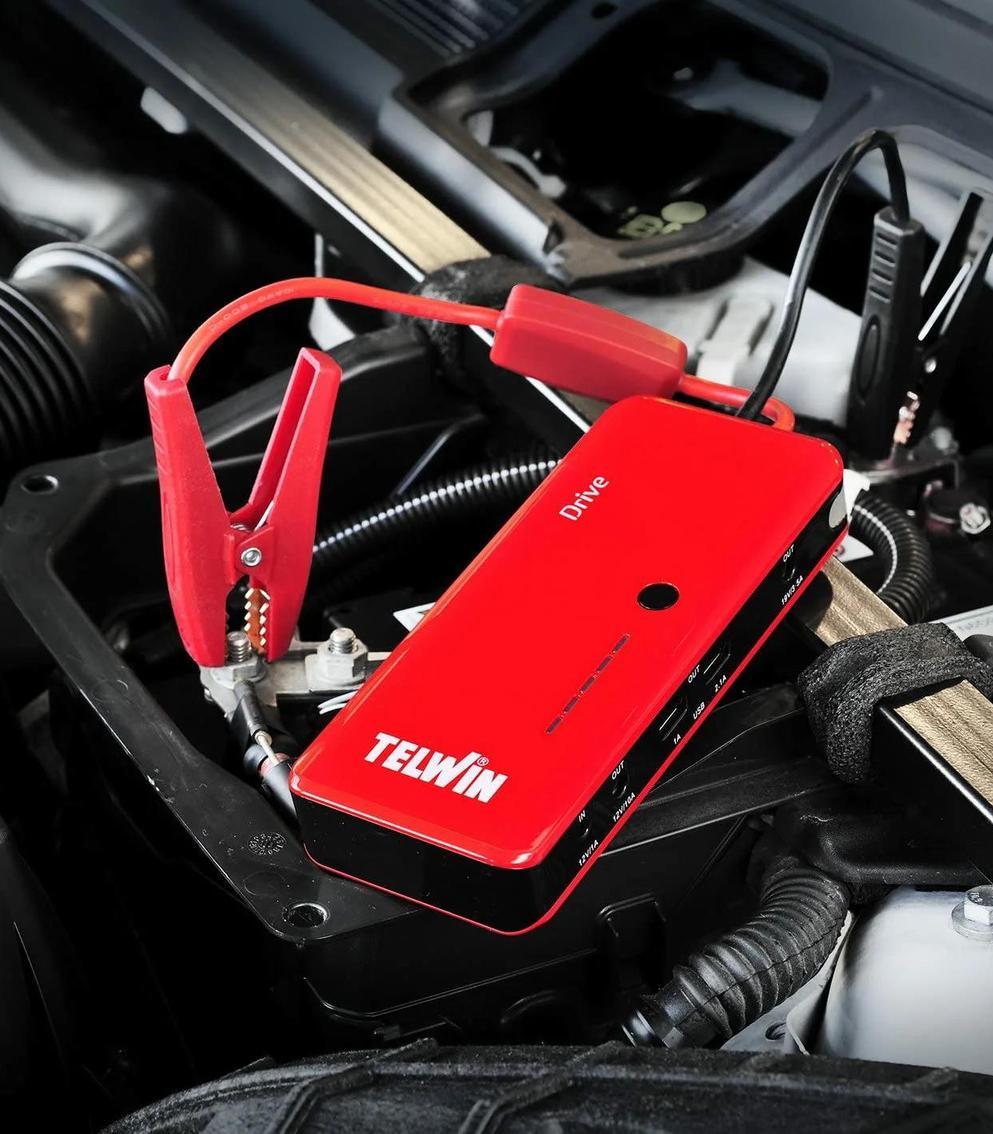

SAFETY PRECAUTIONS BEFORE STARTING A CAR WITH JUMP LEADS https://zamanauto.co.uk/ BEST CAR BREAKDOWN RECOVERY SERVICE
INTRO:
The likelihood of battery problems increasing as the colder winter approaches increase the possibility that you'll need to jump-start your car.

Best Car Breakdown Recovery Service offer jump starts year-round as part of the auto electrical services, but if you have the right gear and supplies, you can jump-start your car on your own. It's crucial to follow all the correct safety procedures if you decide to DIY the task to protect your safety.
https://zamanauto.co.uk/
IMPORTANT PROCEDURES FOR SAFE AND EFFECTIVE JUMP STARTING:
While operating near vehicle starting batteries, constantly use protective gear, especially protective eyewear. Additionally, avoid working near vehicle starting batteries while wearing rings or other metal objects because they may cause a short if they come into contact with the battery, which could result in serious injury.
Examine the possible causes of the no-start situation. Was there a drain left on, such as a light or other load, that resulted in the starting battery being discharged? If so, take care of that issue after which you should give the battery some time to recharge before attempting a jump start.

Ensure that your jump starter is set up correctly to jump-start the system or vehicle you want, for example, from 12V to 12V, if it can handle several voltages.

Make your car ' s connection by first attaching the Positive (red, +) clamp to the vehicle's positive battery terminal or an alternative beginning point (as advised by the maker of the vehicle), consistently taking care to keep the leads out of the way of any moving engine components. It is best practice to jiggle the clamp on the terminal when making the positive connection to pierce any corrosion that may be there.
To finish your vehicle connection, attach the Negative clamp (black, -) to an appropriate vehicle ground (a heavy metal connection made of unpainted metal, such as the car frame or an engine ground). Do not connect to the carburettor, gasoline lines, sheet metal, painted surfaces, or any other movable parts; instead, use the vehicle frame ground, engine ground, or a starting point for the ground designated by the maker.
At this point, everyone present needs to be separated from the jump starting and the car battery. Try to start the car once this has happened. I'm hoping the car will start right immediately. Otherwise, keep in mind that every jump starter has a duty cycle. If the car won't start after three seconds of cranking, halt. Retry the start after two to three minutes have passed. Keep in mind that a jump starter won't help if other issues are causing the car to not start; such issues may not be related to the battery. You should unplug the cables in the same sequential sequence as they were connected. Go ahead and unplug the red cables after the black cables on each vehicle have been disconnected. As long as the jumper cable is still linked to either car in any way, make sure the clamps don't come into contact. After starting your car, you should go for a drive to let the alternator recharge your battery so that it won't discharge when you turn off the ignition again. 15-20 minutes should be sufficient for the drive, which should not be particularly long.

LAST WORDS:
A quick and inexpensive technique, jumpstarting your car can save you both time and money.
You can easily put your automobile back on the road with the appropriate equipment and a little bit of knowledge. Never forget to exercise safety and follow the guidelines in this manual to ensure a good jump start. The best course of action is to seek assistance from a qualified mechanic if you have any questions or concerns.







